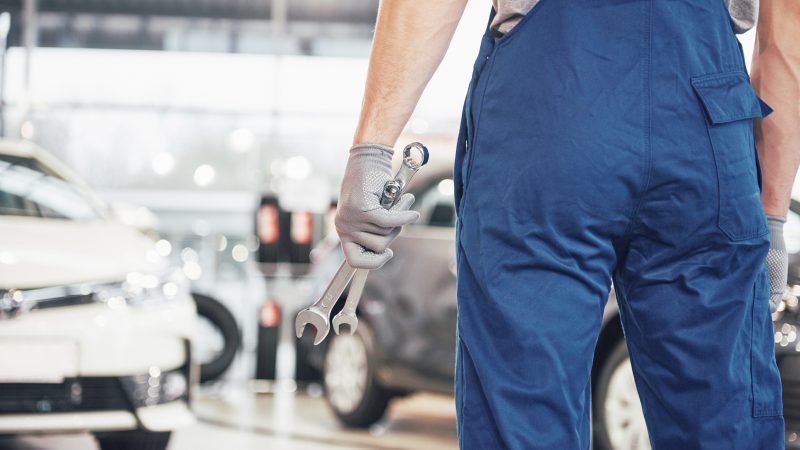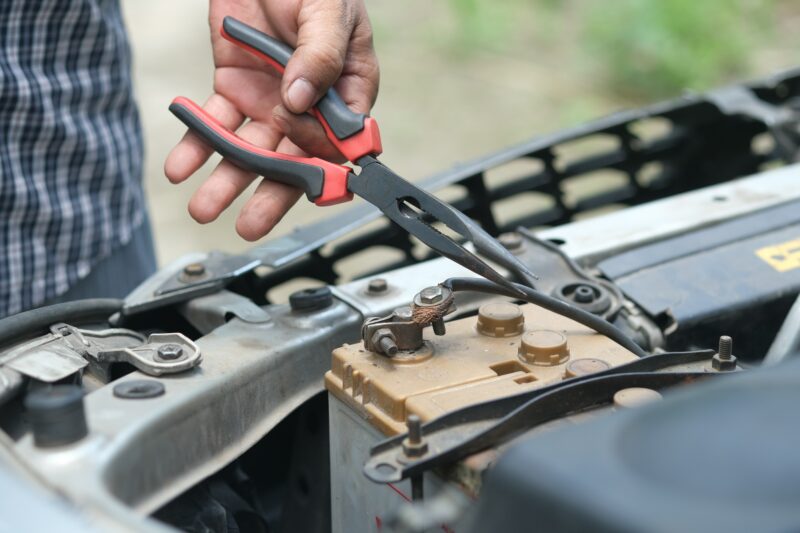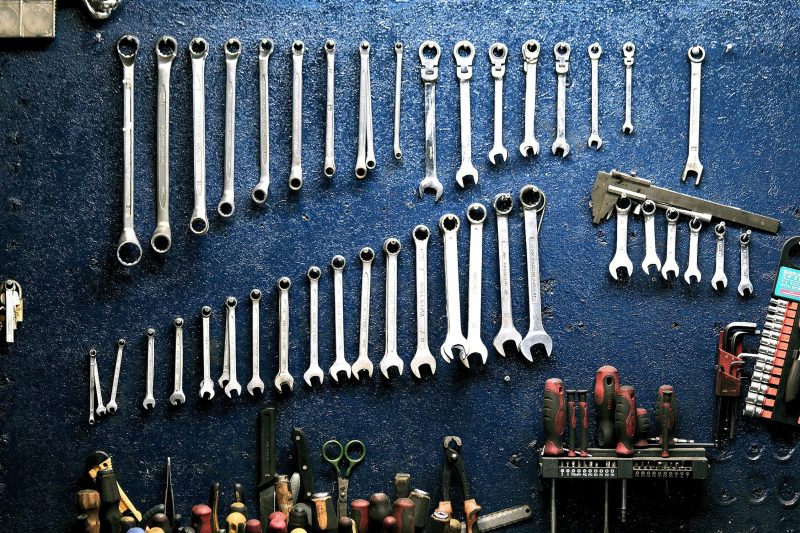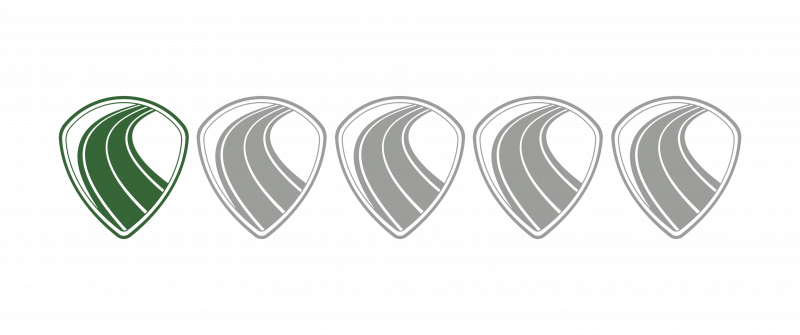How To – Safely Work on Your Classic

Difficulty
What Do I Need?
Some basic safety equipment
A “safely does it” mindset
A healthy dose of common sense
Why Should I?
Aside from perhaps a rogue paper cut following an Origami obsession, or maybe throwing your back out in a particularly vigorous game of lawn bowls, a lot of past times aren’t especially hazardous to your health, generally speaking. Certain hobbies, however, carry with them an expected element of danger (we’re looking at you BASE jumpers) and when it comes to classic vehicle maintenance there are a whole host of things that can seriously injure you, cause lasting damage and generally put a bit of a crimp on your day, and with winter being a prime time for fettling we thought we’d address some of those potential pitfalls so you can perhaps work more safely.

With so many moving parts and hazardous chemicals, as well as the sheer masses involved, the potential for injury when working on our classics is pretty high, so the need for safety precautions, decent gear and common sense when spannering on any old car or bike is imperative. From crawling around underneath to getting elbow deep in the engine bay, following some basic safety principles can make the difference between a successful MOT and a trip to A&E, so get your safety glasses on and strap in as we go through the measures you need to be employing in order to safely tinker with your pride and joy.
Talk Me Through It
1) Secure it
As entertaining as this article’s header image is, we would strongly advise against working on your classic car in this way, for obvious reasons. Invest in a good jack and a quality set of axle stands and/or ramps so that when the time comes to get underneath your car you’ll be doing it safely, removing any risk of injury from the thing falling on top of you. Never work on a car when it’s being held up by just the jack – jacks are for the lifting and lowering, not for holding. It’s also a good idea to put something under the car, like a wheel or two, so that if something does fail, the car lands on them and not on your face. You should chock the wheels that are staying on the ground as well to stop the car shifting.

2) Wear Protective clothing
From overalls to gloves, protective clothing is a must when working on your classic. A proper fitting pair of overalls will not only protect you and keep any nastiness on the outside, but they will also safely prevent any loose items of clothing from getting where they shouldn’t.
All sorts of harmful chemicals and fluids can get on your skin and cause irritation or even injury so a decent pair of gloves is essential. Not only do they provide a safe barrier between your skin and said harmful substances but they’ll also protect your hands from scrapes and cuts.

Always remove any jewellery, too – rings, necklaces, watches, etc. The last thing you want is your wedding band fused to your finger from accidentally bridging a live and a ground.
2) Protect your peepers
In the land of classic vehicle maintenance, the goggle-clad man is king. With so many hazardous substances involved when working on a classic – from oils and coolant to dust, debris and sparks – the chances of copping something in the eyes is pretty high so it’s always a good idea to wear eye protection. Gone are the days of clunky secondary school chemistry lesson goggles and myriad comfortable, low profile safety glasses are now readily available.
4) Disconnect the battery
While a car battery isn’t capable of dishing out the voltage necessary to do you any real harm from an electric shock perspective, it is possible for it to generate enough current to easily melt things and start fires, something that is exacerbated when it comes to older, less well insulated electrics so always disconnect the battery when working on your classic.

5) Fire safety precautions
Speaking of fire, classic vehicles present a real risk of combustion as they contain fuel and other flammable materials. Along with disconnecting the battery it’s always good practice to store flammable materials safely and ensure you have any relevant fire extinguishers to hand should the worse happen.
6) Masks and Ventilation
From exhaust and paint fumes to chemical odours and dust, working on a classic can be incredibly hazardous to your respiratory system. If working with paint or chemicals, or if you’re kicking up dust by sanding, for example, its imperative that you protect your lungs by wearing a mask and ensuring that there is adequate ventilation for your workspace.

7) Use the right tools for the job
Going full send with a spanner that’s not quite the right size because you lost your 17mm socket, or trying to prise some trim off with a flat head screwdriver after you leant your trim removal set to a mate is a recipe for disaster. Not only will using the incorrect tools make the job more difficult, but it can also be downright dangerous, so before embarking on any fettling session, make sure you have the correct set of tools for the task at hand.
8) Relax and enjoy the process
Working on a classic car or bike can be stressful, and stress, as we all know, is bad for our health. Not to get too Zen but try to relax and enjoy the process. Take your time and be mindful of the tasks you’re carrying out. Approach it in the right way and not only will you be safer, but with the right mindset working on your classic can actively reduce stress – it’s all about perspective.

Conclusion
Yes, there’s a lot of potential for injury when working on your classic but most, if not all hazards can be successfully mitigated by following these simple steps, allowing you to continue enjoying the satisfaction of a job well done without putting your health at risk. A bit of protective gear and some decent equipment won’t break the bank and both common sense and mindfulness don’t cost a penny, so next time you decide to get the spanners out and have a tinker, spare a thought or two for your own safety and perhaps approach things with a little more consideration. Stay safe out there.



